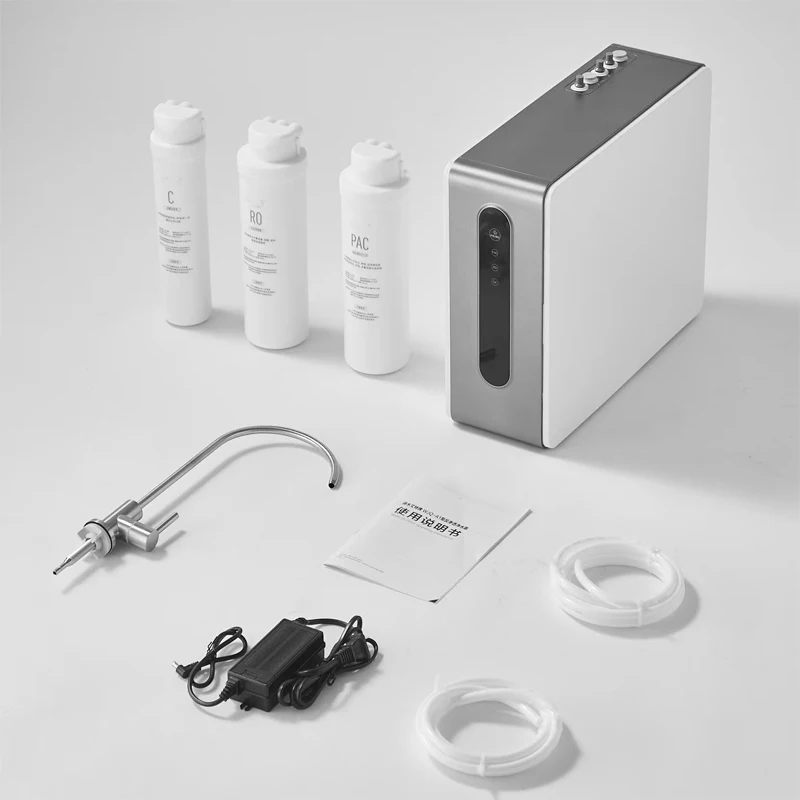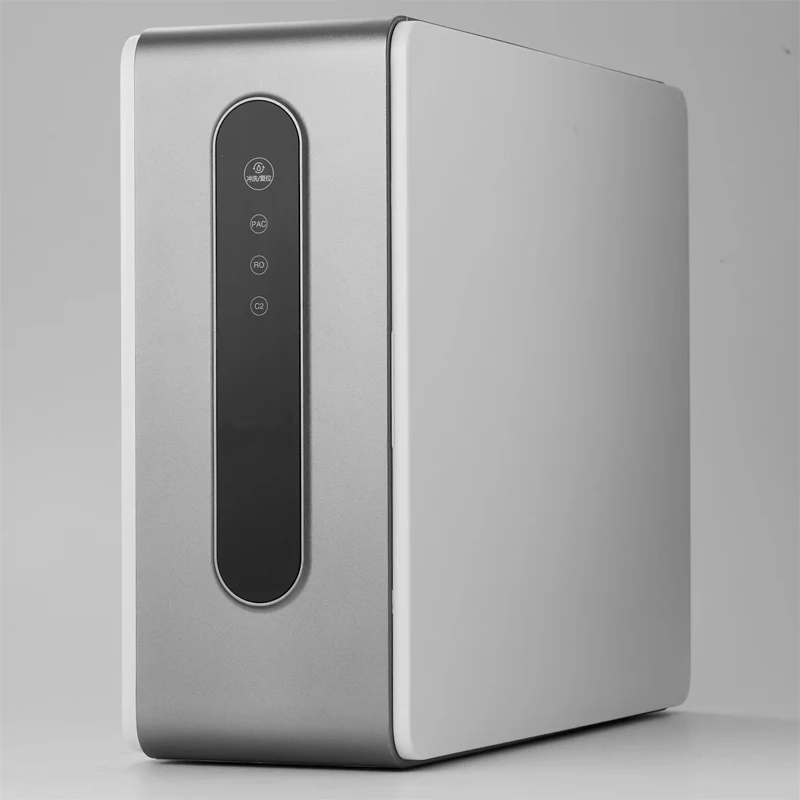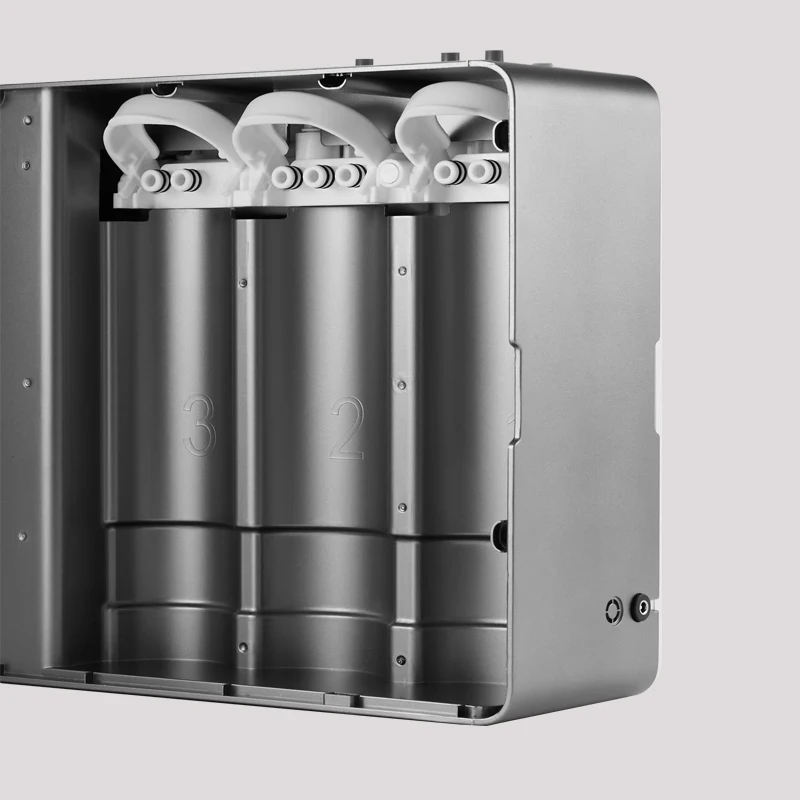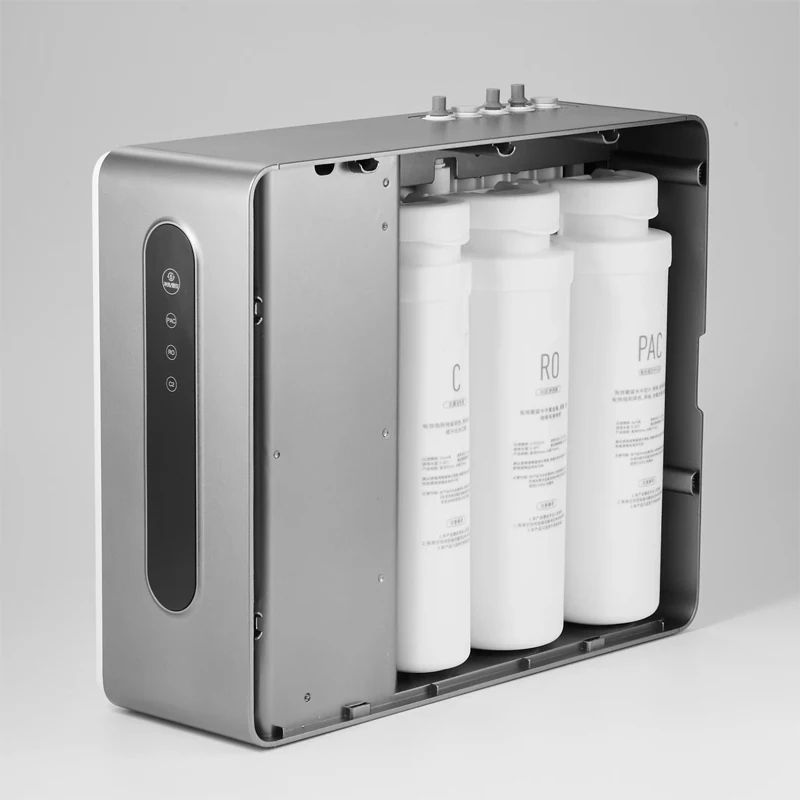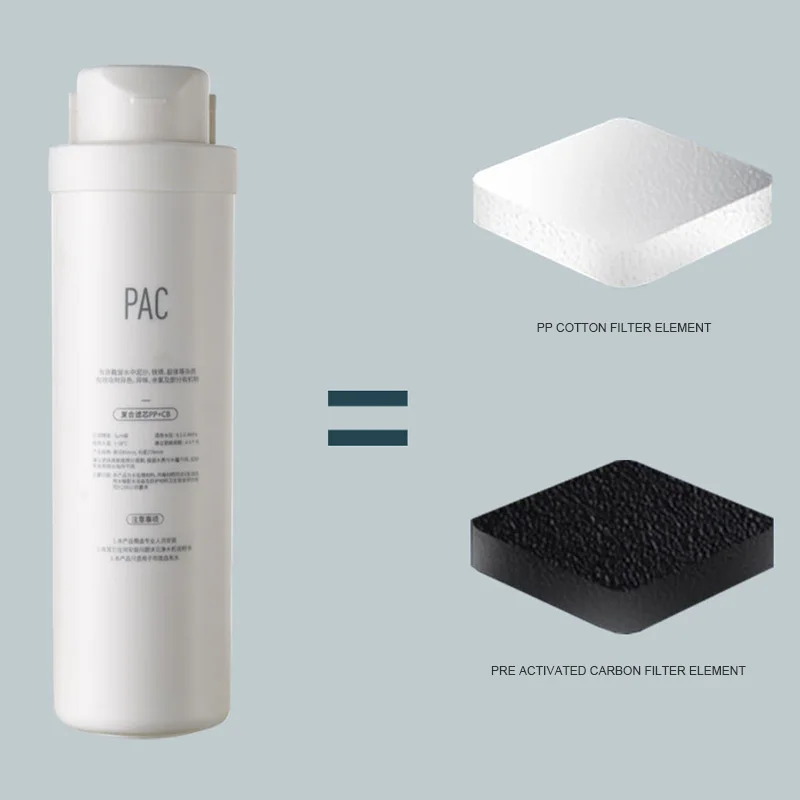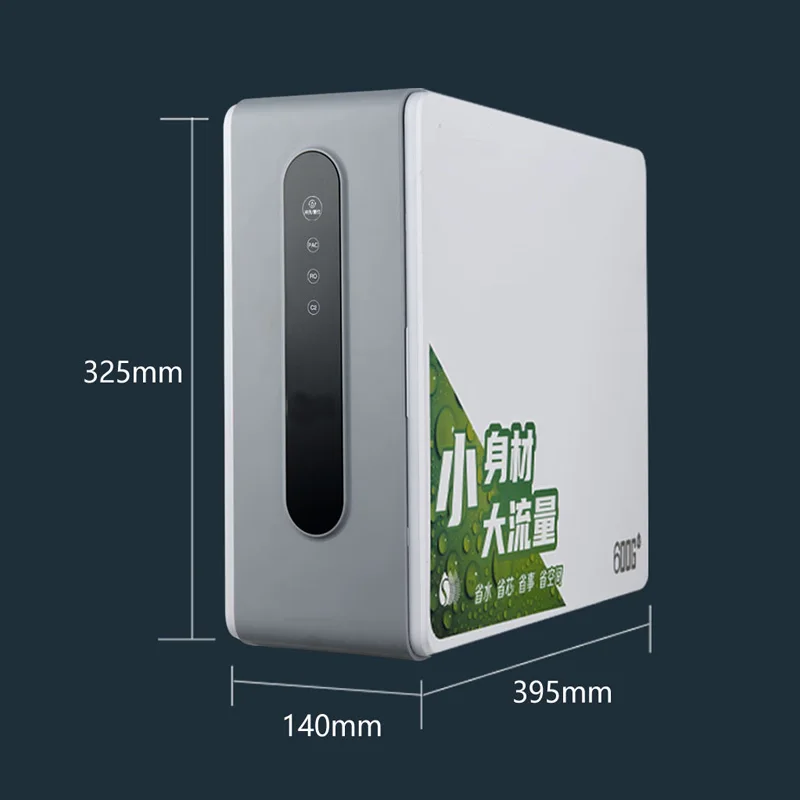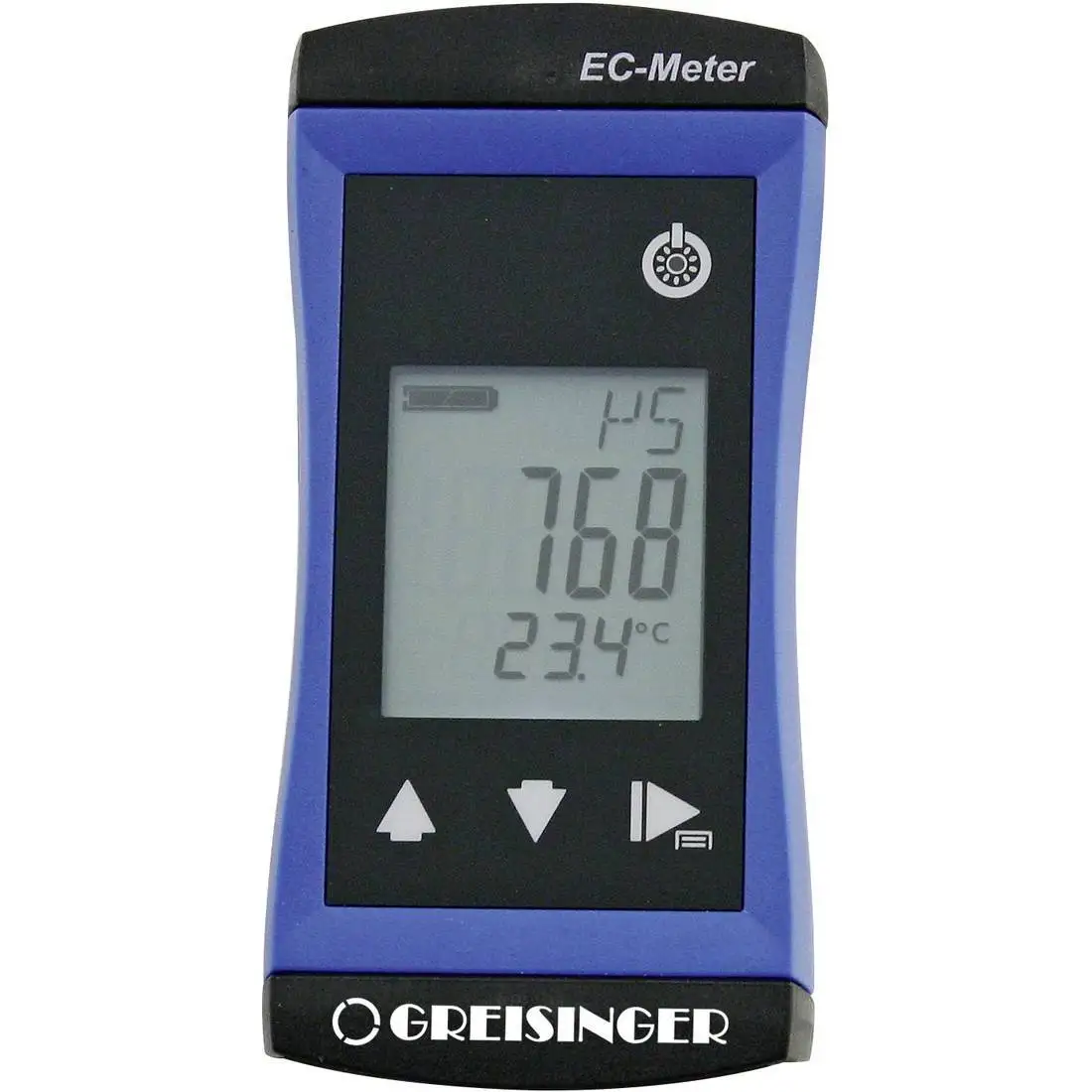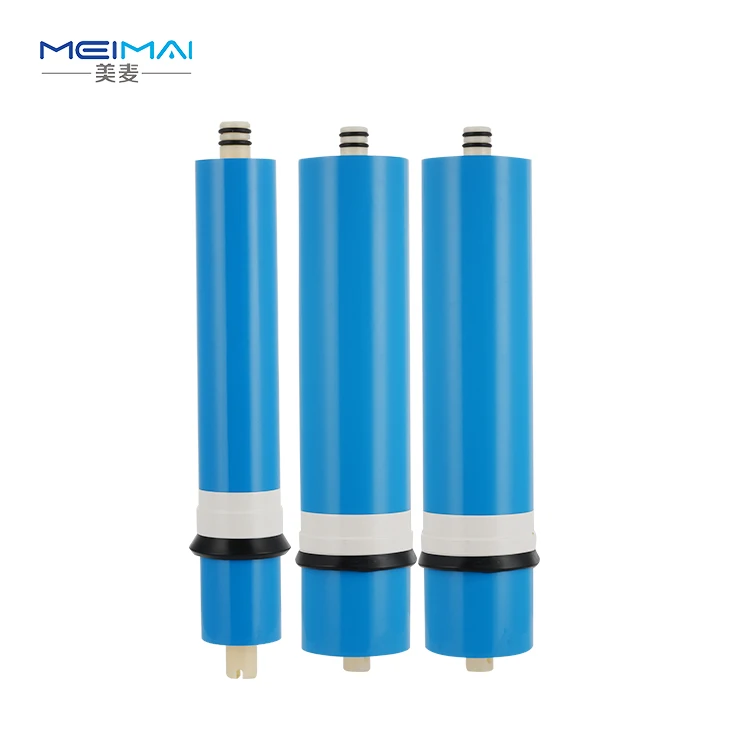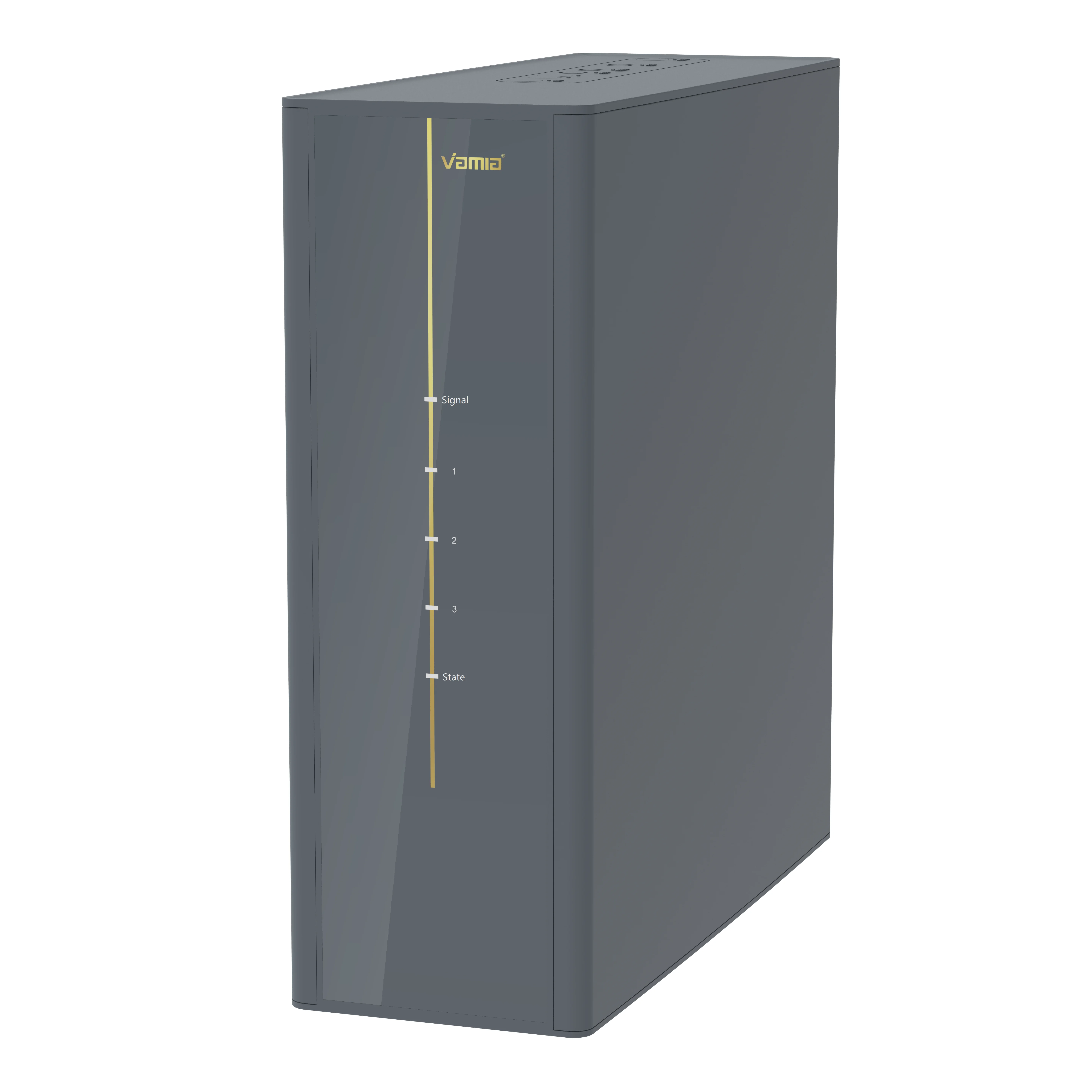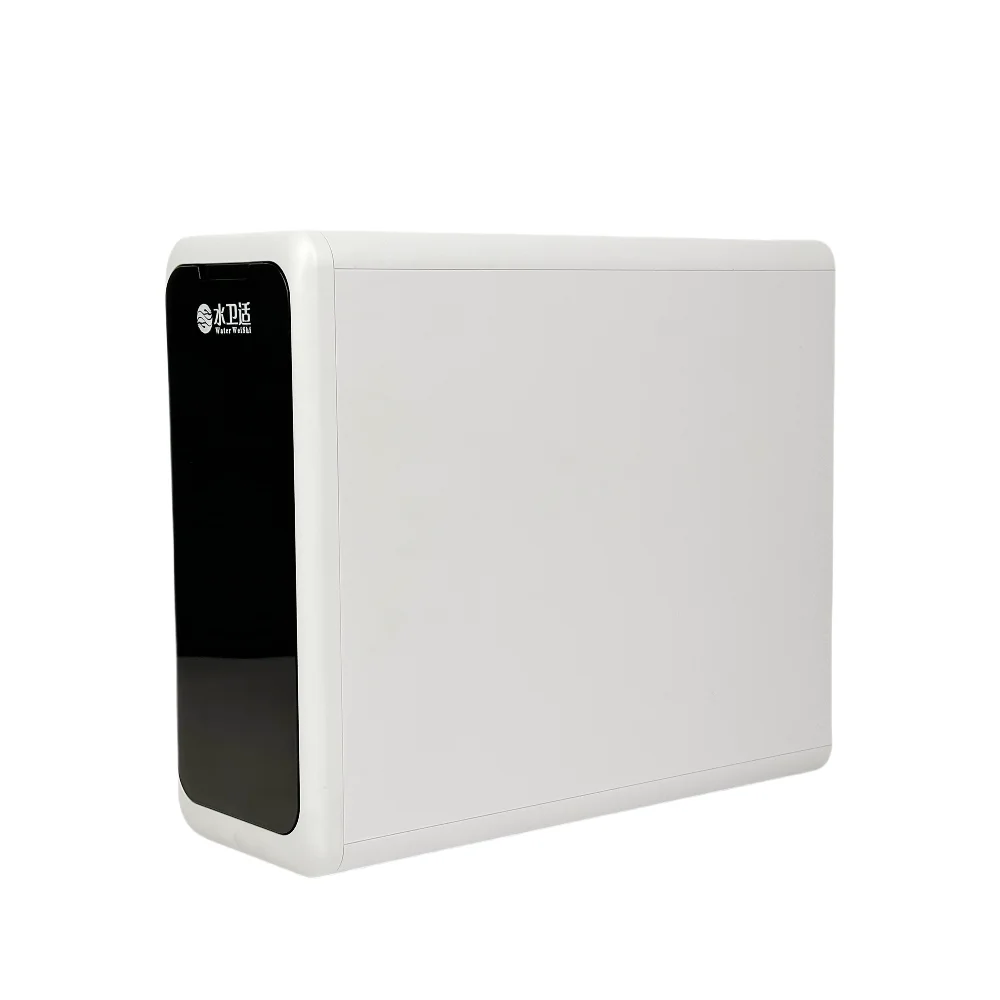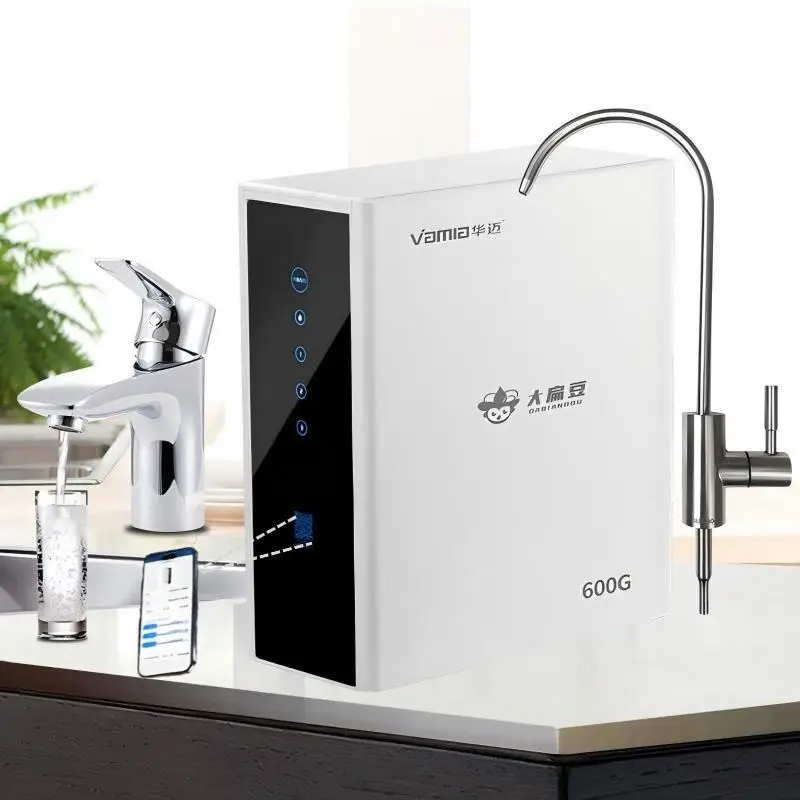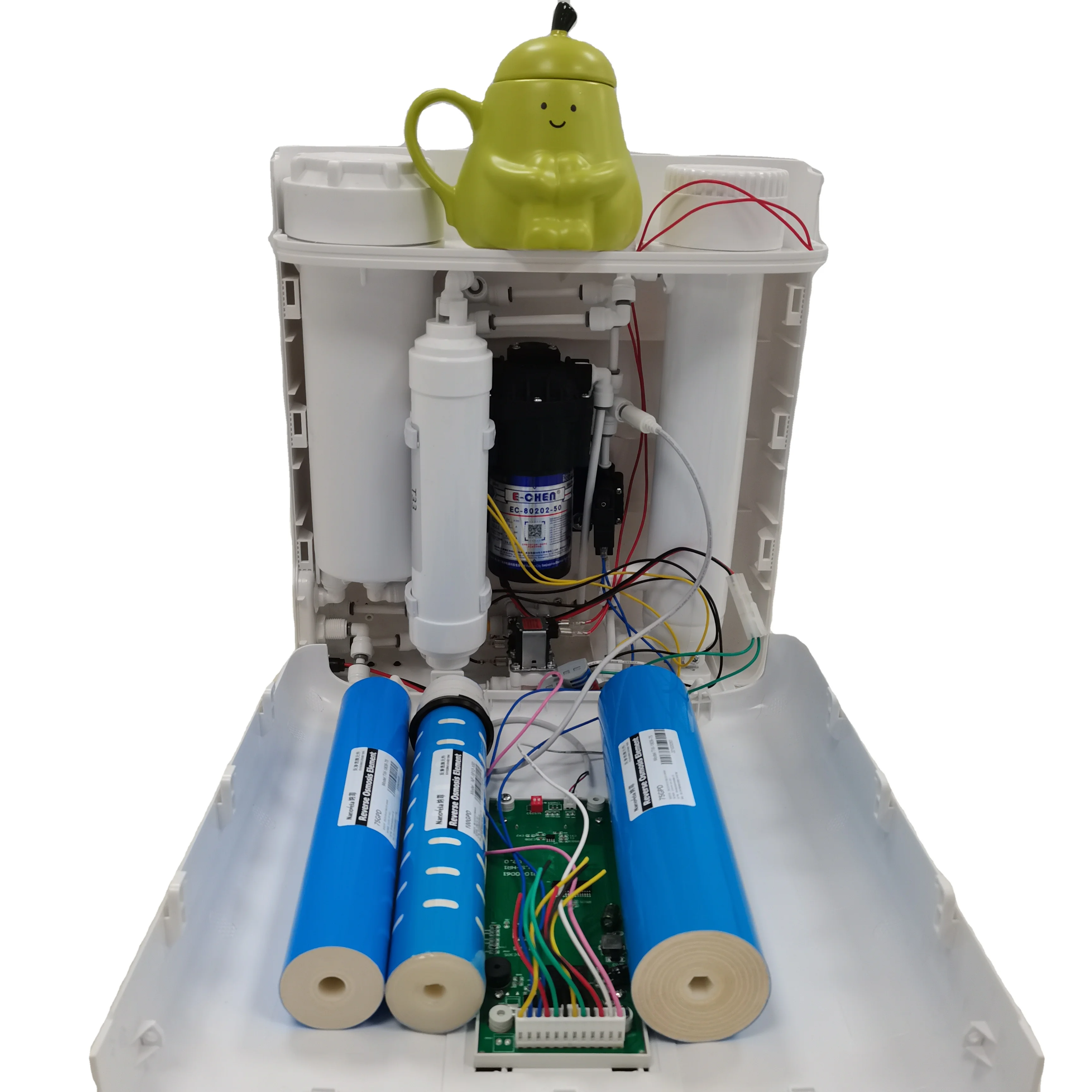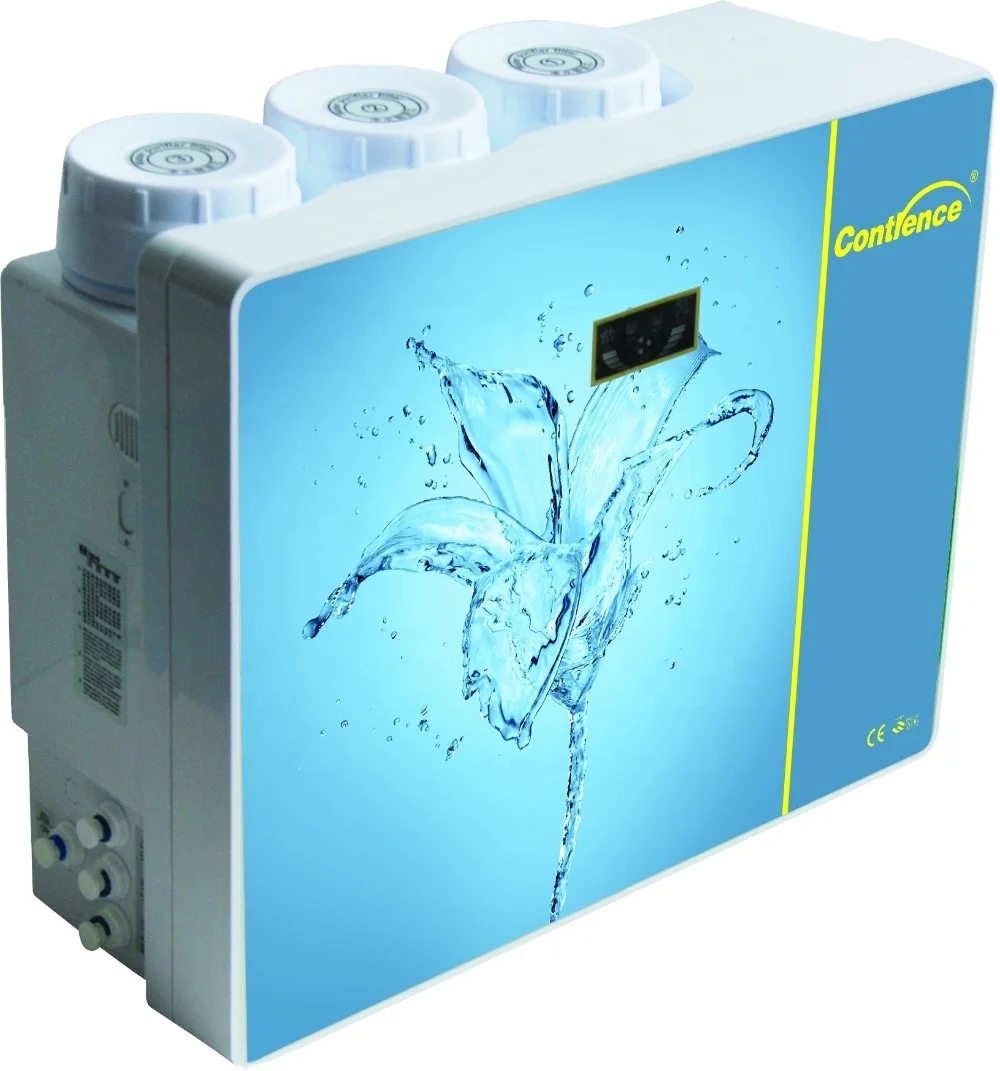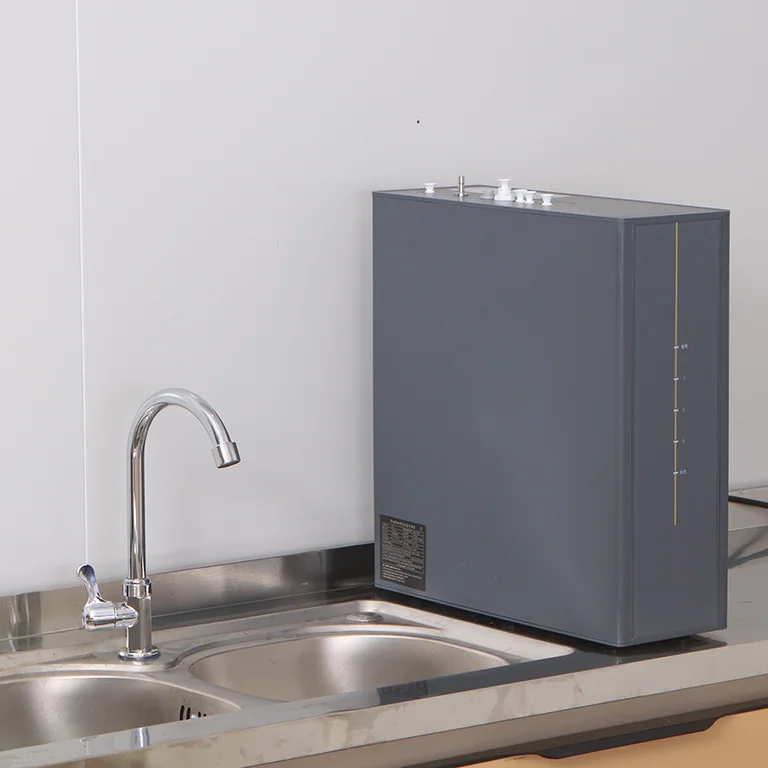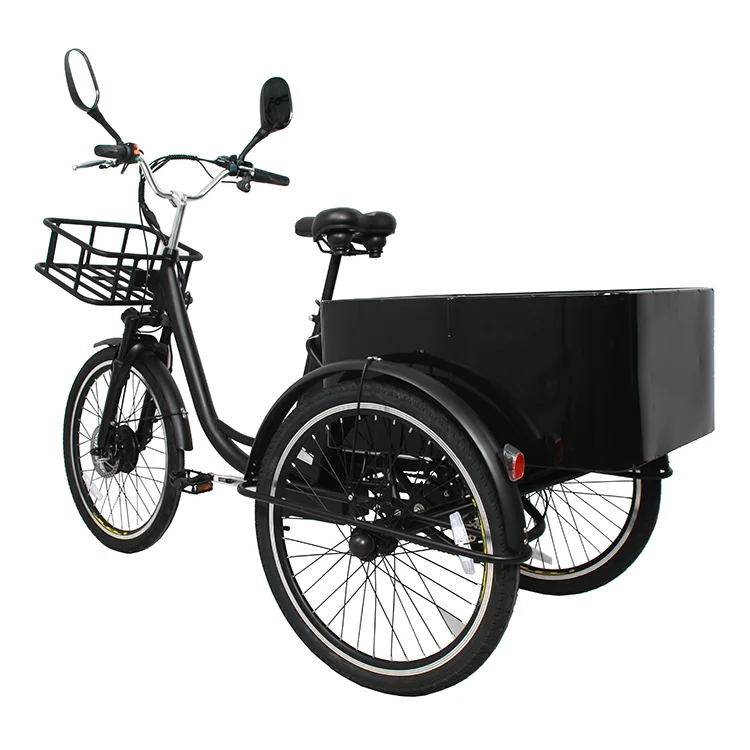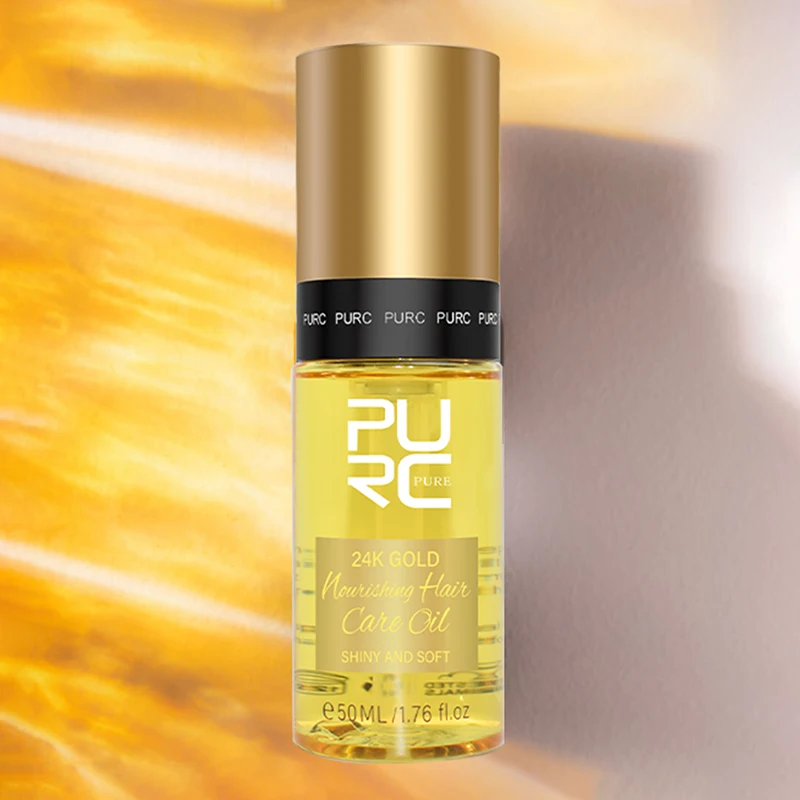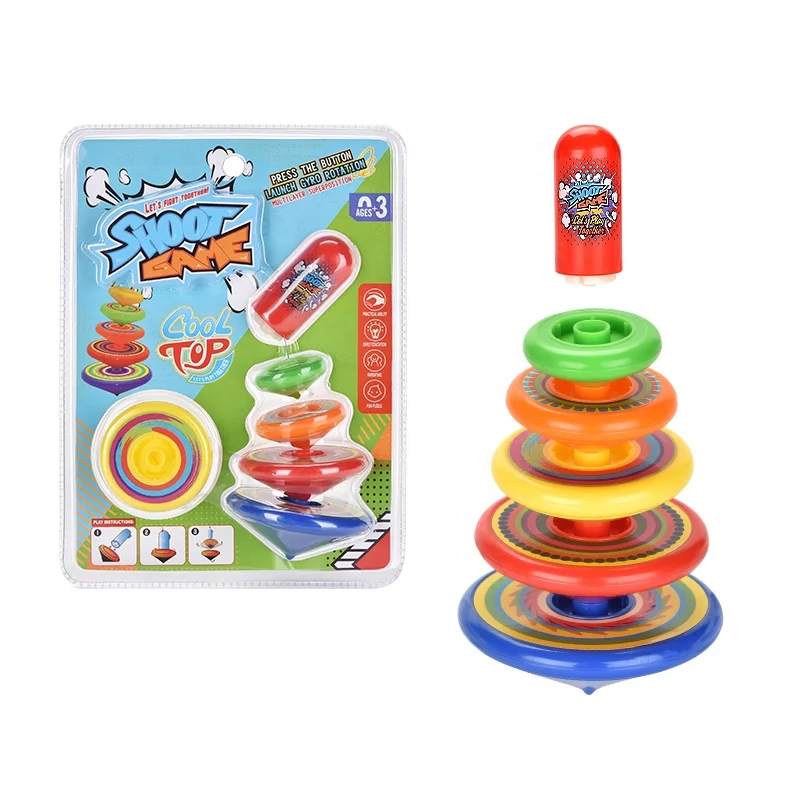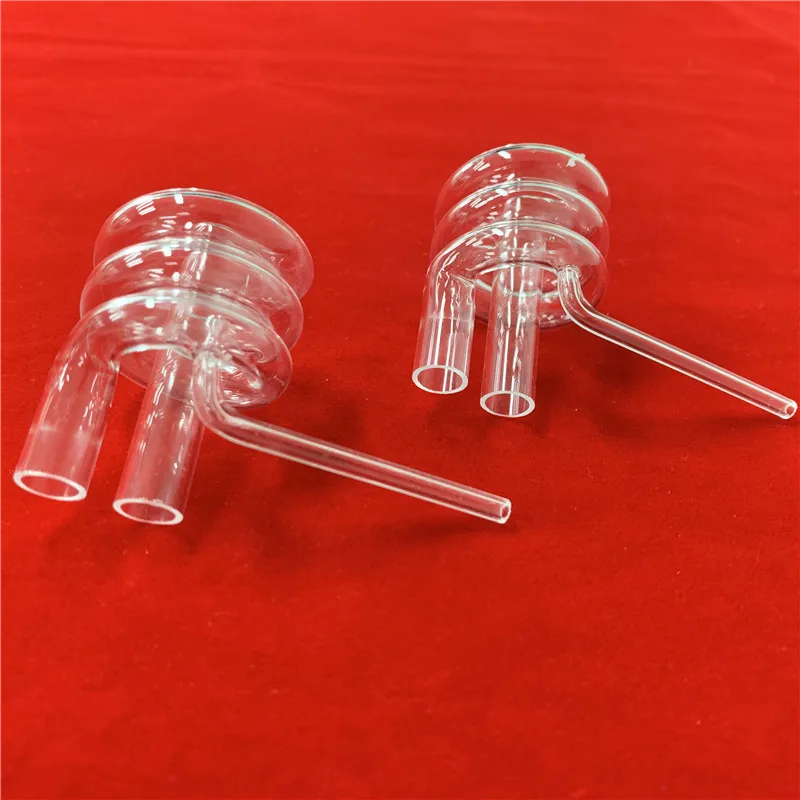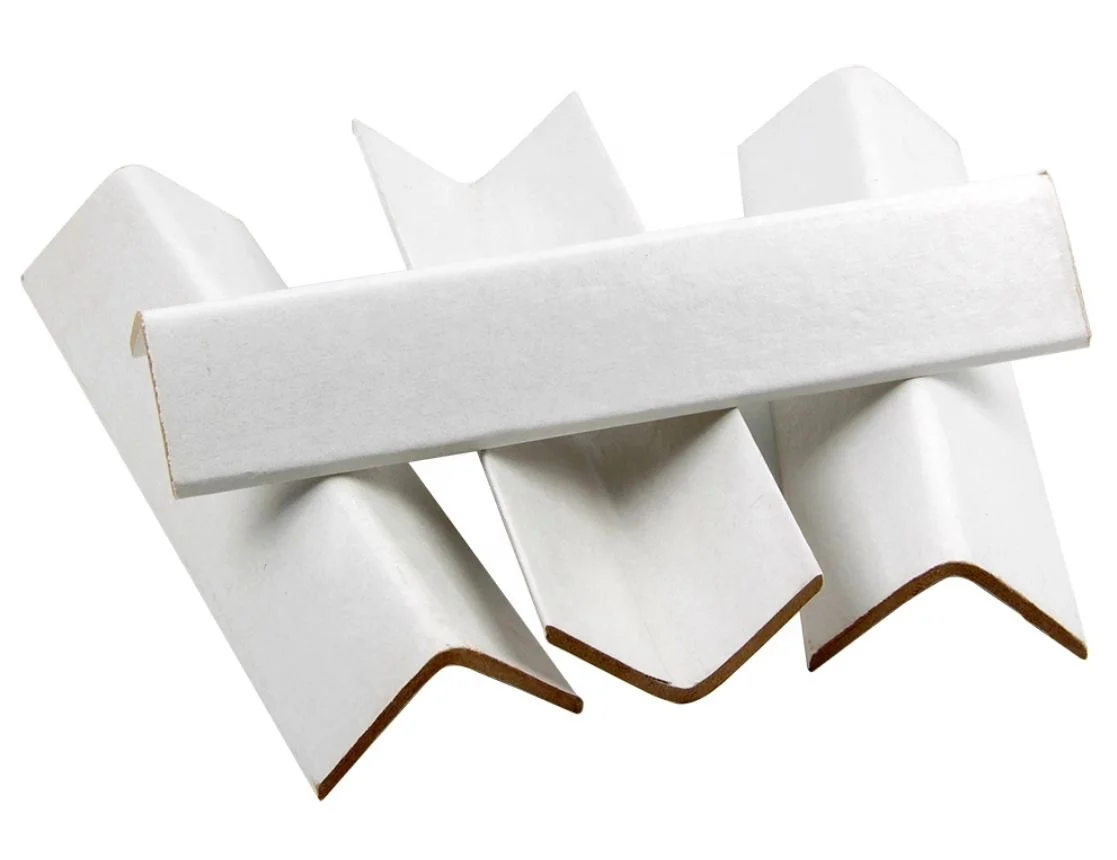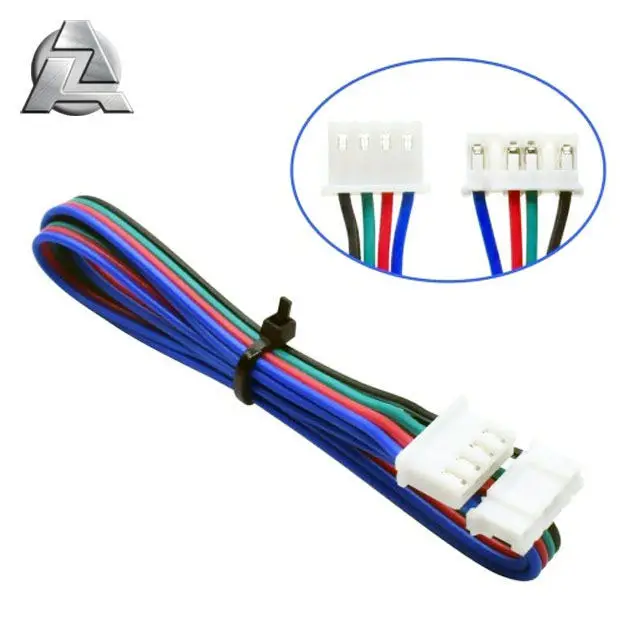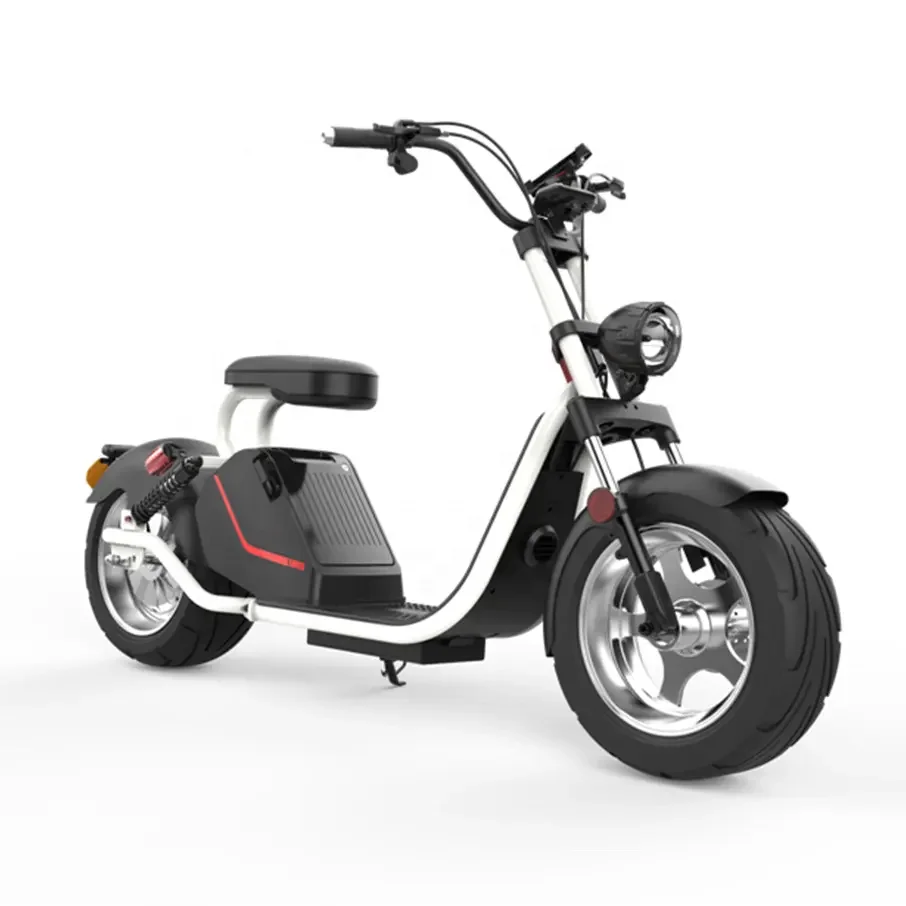600G Smart TDS Display Ro Water Purifier Tankless Reverse Osmosis Systems Water Filter System for Home Drinking
- Category: >>>
- Supplier: Foshan Lingzhong Environmental Protection Technology Co. Ltd.
Share on (1601262489073):
Product Overview
Description
Product Description
600GPD Under Sink RO Water Purifier


1000GPD Under Sink RO Water Purifier




Certifications


Specification
item | value |
Place of Origin | China |
Guangdong | |
Brand Name | Lynzo |
Model Number | LZR18-G |
Power (W) | 600G-80W |
Voltage (V) | 110V/220V |
After-sales Service Provided | Free spare parts, Field maintenance and repair service, Onsite Installation, Return and Replacement, Overseas Call Centers |
Warranty | 2 years |
Type | Under-Sink |
Application | Hotel, Car, Outdoor, Garage, Commercial, Household |
Power Source | Electric |
App-Controlled | NO |
Private Mold | Yes |
RO Filter Life | 2Years |
Function | TDS Monitoring, self-cleaning, Filter Life Display |
Filtration Stages | 5 |
Product Item | RO Water Filter |
Filter Media | PAC-RO-CTO |
Flow Rate | 600G:1.6L/min |
Filtration Life | 2-3Years |
Shell Material | Iron |
Size | 37*37*12cm |
Operating Temperature | 5-40℃ |
OEM | Support OEM |
Applicable Water Source | Municipal Tap Water |
Application | Hotel, Garage, Household |
Company Profile



Foshan Lynzo Eco Co., Ltd. was located in Foshan, Guangdong Province,Located in the prosperous economic hinterland of the Pearl River Delta. It is a collection of R&D, production, sales for the integration of high-tech industry company
Lynzo mainly produces and operates food-grade LLDPE hoses (PE Tube), PU hoses (PU Tube), push-in fittings (Fitting), filters, LED plant lighting, UV lighting, smart kitchens, hardware sanitary ware, etc. The products are widely used in water treatment and other fluid equipment, food and beverage equipment, mechanical and pneumatic equipment, beer and beverage equipment, aquarium ornamental equipment, automobiles, ships, agricultural cultivation equipment, kitchen household appliances and other industries. Our goal and mission is to reduce the production cost of our customers, and we have a professional service team and a scientific supply chain management system to maintain a leading position in the industry in the market competition.
We always adheres to the service concept of people-oriented and customer-centric. Continuously pursue innovative technology, pursue excellence, maximize benefits for partners, and actively provide better, safer, healthier and more comfortable services for the modern life of the entire human society. Lynzo will keep with open and inclusive mind, actively introducing high-end talents, and striving to build a "specialized, special and new" enterprise.
Lynzo mainly produces and operates food-grade LLDPE hoses (PE Tube), PU hoses (PU Tube), push-in fittings (Fitting), filters, LED plant lighting, UV lighting, smart kitchens, hardware sanitary ware, etc. The products are widely used in water treatment and other fluid equipment, food and beverage equipment, mechanical and pneumatic equipment, beer and beverage equipment, aquarium ornamental equipment, automobiles, ships, agricultural cultivation equipment, kitchen household appliances and other industries. Our goal and mission is to reduce the production cost of our customers, and we have a professional service team and a scientific supply chain management system to maintain a leading position in the industry in the market competition.
We always adheres to the service concept of people-oriented and customer-centric. Continuously pursue innovative technology, pursue excellence, maximize benefits for partners, and actively provide better, safer, healthier and more comfortable services for the modern life of the entire human society. Lynzo will keep with open and inclusive mind, actively introducing high-end talents, and striving to build a "specialized, special and new" enterprise.
FAQ
1.What does an RO system filter? Do under sink water filters actually work?
The reverse osmosis pure water system is a device that produces pure water through the reverse osmosis membrane method. Reverse osmosis is a process that uses polymer membranes for material separation, which can rem ove over 90% of dissolved salts and over 99% of colloids from water. These systems can potentially remove water contaminants such as lead, volatile organic compounds (VOCs), PFAS, arsenic, bacteria, and viruses. Point-of-use RO systems are typically installed in residential settings but can also be found in commercial office spaces or kitchens.
2. What does RO mean in filters?
RO is the process by which pressure forces water through a semi-permeable membrane,
creating a stream of treated water, called “permeate,” and a stream of reject water called “concentrate” or “brine.”
creating a stream of treated water, called “permeate,” and a stream of reject water called “concentrate” or “brine.”
3. Is it healthy to drink reverse osmosis water?
Reverse osmosis water has been filtered through a membrane that captures most of the dissolved solids and microbes in the water. If your reverse osmosis system has a carbon post-filter, any volatile organic compounds, disinfectants, disinfectant byproducts, and other substances which give water a bad taste and odor have been removed in
the filtration process as well. in a word,reverse osmosis removes hard minerals from water, it also removes a wide range of other contaminants which can have a negative health impact.
the filtration process as well. in a word,reverse osmosis removes hard minerals from water, it also removes a wide range of other contaminants which can have a negative health impact.
4. How often should RO water filters be changed?
About 24months, but the replacement cycle of the filter element (filter) is an expected period, which is based on the region of use, water quality, usage, and season (summer, winter) The cycle varies.
5. What is the best kind of water filter for sink?
For Homeuse, 400-600GPD is ok for 4-6 person use, water production efficiency of pure water reach 1.2-1.6L/minute
We Recommend
New Arrivals
New products from manufacturers at wholesale prices
